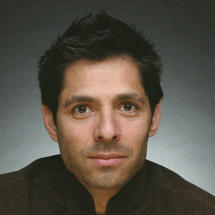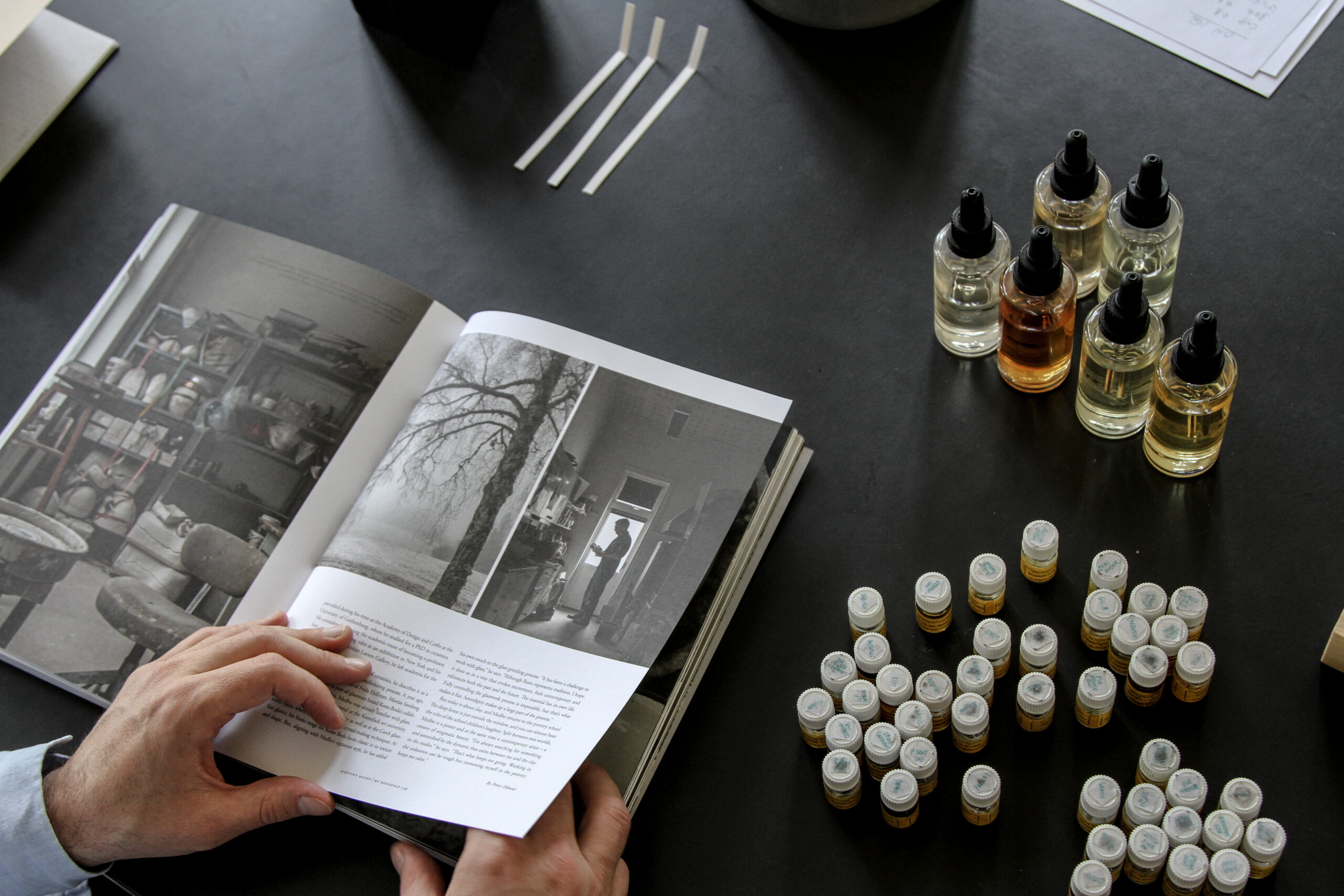
 It’s all about the materials with Shawn Littrell. Starting out with a range of carbon-fibre road bikes at the start of his career, his most recent project – a task light for Norwegian lighting manufacturer Luxo – is concerned with the latest in LED technology.
It’s all about the materials with Shawn Littrell. Starting out with a range of carbon-fibre road bikes at the start of his career, his most recent project – a task light for Norwegian lighting manufacturer Luxo – is concerned with the latest in LED technology.
“I like to come up with a story, a process, where there’s an opportunity for the marketplace,” says Littrell, showing his commercial mettle. His Ninety lamp for Luxo has recently had its UK premiere. “When you look at LEDs today, you are looking at new technology on a small scale,” he says. “Now you have the ability to produce high lumen outputs with great colour temperatures. Luxo’s L1 lamp is beautiful, it reflects the technology of that era: it had to be that big because of the size of the bulb. New technology demands contemporary design. I worked a lot with Lars-Fredrik Forberg, Luxo’s head engineer, who really helped the task light happen.”
The LEDs used in the design also avoid the common blueish-white glare and instead use a system of four diodes to produce illumination, which is both comfortable to work under while retaining low energy consumption – using up 7.8 watts of electricity compared to nearly double that for an average task light. Luxo estimates that with average office use, the lamp should last up to a quarter of a century.
“I found that people for a majority of the time don’t really move their task lights that much,” says Littrell. “A task light is typically left in one position over the desk and at one height. By looking at this, I found that you didn’t really need an articulating arm with three movements. You could simplify the task light in one regard by eliminating the middle movement. By doing this, you end up with a very clean-looking 90º bend in the arm.”
This right angle is what gives the design its name, with the head of the light permanently parallel to the work area to reduce contrasts and reflections associated with eye strain, dry eyes and headaches, and a mechanism to adjust where the lamp sits on the base, which is rather like the motion of a turntable.
Littrell’s design was the winning entry in a global competition, something he has a bit of a knack for. While still studying industrial design at the Art Center College of Design in California, his Rocking Lounge Chair was selected to represent the college at the Milan furniture fair. The simple bench design and curved aluminium base allow the user to rock in different positions, either sitting astride the chair and reclining against the armrest or rotating the armrest in larger areas.
In 2004 Littrell was one of a handful of successful students selected by Bernhardt Design when it ran a competition to design a lounge chair. “Usually when companies come into colleges, it’s all pie in the sky,” says Littrell. “Students come up with these crazy designs, which most of the time never get made, but everyone learns a lot from it. Instead Bernhardt Design said, ‘Hey, you’re going to design something for the real world.’” And so, in 2005, Littrell’s Calyx collection went into production as part of the company’s Art Center collection, which went on to win both an award for best individual design at that year’s ICFF show in New York and Best of Show at NeoCon.
“The idea behind it was a budding flower, its sculptural arms splaying open in an outward gesture, welcoming the sitter to lounge comfortably within its embrace,” says Littrell. “The shape and detailing of the back cushion taper to form an integral armrest.”
Plant life has informed a couple of Littrell’s other designs too. The Garden Lab project, also completed while he was still at college, created an outdoor meeting space where students and staff could enjoy the natural beauty of the outdoors in an alternative social space, developing into an open stage that looks down onto a lawn. Meanwhile his Nomad Wall unit can be flipped inside out to grow or “bud” from the wall, to become part of the room or form a simplified grid of shapes and colour. Using CNC and laser-cutting technology, the product can be flatpacked and is composed of recycled plastic.
Littrell’s Reveal office collection for Tella was launched at last year’s NeoCon. “Right now in terms of desking, it’s all about the fact that the workplace is getting smaller,” he says. “It was about coming up with a design that deals with that. It’s a way of having a desking system that could fit into a couple of different configurations – the paralegal system or the secretarial system. The innovative way the activity shelf can be pushed into the corridor means there’s more space available on the desk.”
Littrell is also keen to emphasise not only its flexibility and streamlined design, but also its affordability. With such pragmatism, you’ll no doubt see his name put to many more designs for the workplace in years to come.























